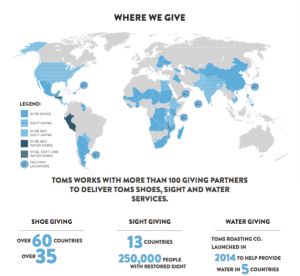When capitalism is to be talked about, this image appears in people’s mind that capitalists suck every blood out of every opportunity with their claws waving. The tone of this image is dark and ruthless, which reflects the fact that the core of capitalism is profit-centered.
No matter whether this conception is right or not, it can’t go on like this forever. The image of business should be “friendly” to be sustainable. By “friendly”, I mean, business is a tool that has power to make a better world via connecting all stakeholders’ interest rather than just shareholders’, according to Ed Freeman’s stakeholder theory.
However, where should we start? How about starting from within an enterprise, particularly, employees? Without doubt, employees are also, in a way, primary stakeholders. By asking what they need and how these needs can be achieved, HR managers can gradually structure sort of blueprint in their minds. This mind-project will finally be put into practice, for example, a reward system.
As we all know, investments in human capital are highly uncertain. Nevertheless, as long as can you make the efforts worth it, the return is a promising future for your corporation, more than just manpower competitive advantage in the short term. It’s a long-term vision with high risk and high return. On the whole, it’s worth it to spend your money on HR.
Sources:
http://business.financialpost.com/2013/09/16/like-it-or-not-millennials-will-change-the-workplace/
Image:
http://www.google.com





